Vonoprazan
- CAS NO.:881681-00-1
- Empirical Formula: C17H16FN3O2S
- Molecular Weight: 345.39
- MDL number: MFCD27987913
- Update Date: 2025-12-16 16:15:04

What is Vonoprazan?
Absorption
Vonoprazan has time-independent pharmacokinetics, and steady-state concentrations are reached after 3 to 4 days. In patients given a single dose of vonoprazan, the AUC0-12h, Cmax and Tmax were 154.8 nghr/mL, 25.2 ng/mL, and 2.5 h. In patients given vonoprazan twice daily, the AUC0-12h, Cmax and Tmax were 272.5 nghr/mL, 37.8 ng/mL, and 3.0 h. In patients given 10 mg to 40 mg of vonoprazan daily for 7 days, the AUC and Cmax increased in a dose-proportional manner. In healthy subjects given 20 mg of vonoprazan, a high-fat meal led to a 5% and 15% increase in Cmax and AUC; however, these changes were not considered clinically significant.
Toxicity
Overdose with vonoprazan has not been reported. No serious adverse reactions were observed during clinical studies in subjects given a single dose of 120 mg of vonoprazan. Vonoprazan is not removed from the circulation by hemodialysis. In case of overdose, the FDA label for Voquezna Triple Pak and Voquezna Dual Pak recommends symptomatic and supportive treatment.
Animal studies evaluating vonoprazan mutagenicity (Ames test) have reported negative results. No effects on fertility and reproductive performance were observed in rats given 300 mg/kg/day of vonoprazan orally (133, the maximum recommended human dose). Mice given 6, 20, 60 and 200 mg/kg/day of vonoprazan orally (0.4, 4, 19, and 93 times the maximum recommended human dose) developed hyperplasia of neuroendocrine cells, gastropathy and benign and/or malignant neuroendocrine cell tumors (carcinoids) in the stomach.
The Uses of Vonoprazan
Vonoprazan is used to treat an infection caused by the bacteria H. pylori. This bacteria can cause stomach/intestinal ulcers and irritation/swelling of the lining of the stomach. It may also increase the risk of stomach cancer. Treating the infection will help the ulcers get better and reduces the risk of serious damage to the lining of the stomach/intestines (such as bleeding, tearing).Vonoprazan is an acid blocker. It works by blocking acid production in the stomach. Decreasing excess stomach acid can help ulcers heal. Amoxicillin is an antibiotic used to treat a wide variety of bacterial infections (including H. pylori). Treating the infection helps the ulcers heal and reduces the risk of ulcers returning. Amoxicillin is a penicillin-type antibiotic. It works by stopping the growth of bacteria. Amoxicillin treats only bacterial infections. It will not work for viral infections (such as common cold, flu).
Indications
Vonoprazan, in combination with amoxicillin and clarithromycin in a co-packaged product, is indicated for the treatment of Helicobacter pylori (H. pylori) infection in adults. Another co-packaged product with only vonoprazan and amoxicillin is also indicated for the treatment of H. pylori infection in adults.
Background
Vonoprazan is a potassium-competitive acid blocker (PCAB) that inhibits H+, K+-ATPase-mediated gastric acid secretion. PCABs represent an alternative to proton-pump inhibitors for the treatment of acid-related disorders. Unlike proton-pump inhibitors, PCABs are not affected by CYP2C19 genetic polymorphisms and do not require acid-resistant formulations. Furthermore, vonoprazan is 350-times more potent than the proton-pump inhibitor lansoprazole, thanks to its ability to accumulate in the gastric corpus mucosa, specifically in the parietal cells.
In February 2015, vonoprazan was first marketed in Japan for the treatment of acid-related disorders and as an adjunct to Helicobacter pylori (H. pylori) eradication. In May 2022, the FDA approved the use of vonoprazan in a co-packaged product containing amoxicillin and clarithromycin for the treatment of H. pylori infection. Studies have shown that the concomitant use of vonoprazan, amoxicillin, and clarithromycin leads to an H. pylori eradication rate of approximately 90%.
Definition
ChEBI: Vonoprazan is a member of pyrroles.
Pharmacokinetics
The use of vonoprazan leads to an increase in intragastric pH. The inhibitory effect of vonoprazan on acid secretion increases with repeated daily dosing. Although the antisecretory effect of vonoprazan decreases after drug discontinuation, intragastric pH remains elevated for 24 to 48 hours. Vonoprazan does not have a clinically significant effect on QT prolongation.
Compared to other potassium-competitive acid blockers (PCABs), vonoprazan has a higher point-positive charge (pKa of 9.06). This allows vonoprazan to accumulate at higher concentrations in the canalicular space of the gastric parietal cells, where it binds H+, K+-ATPase in a K+-competitive and reversible manner. Compared to other PCABs, such as SCH28080, or proton-pump inhibitors, such as lansoprazole, vonoprazan has a more potent H+, K+-ATPase inhibitory activity.
Side Effects
Vonoprazan may cause any of the following side effects: diarrhoea, constipation, nausea, stomach discomfort, bloatedness, changes in taste, and rash. Some side effects may need immediate medical help.
Metabolism
Vonoprazan is metabolized by several cytochrome P450 (CYP) isoforms, mainly CYP3A4, and to a lesser extent CYP3A5, CYP2B6, CYP2C19, CYP2C9 and CYP2D6. Sulfo- and glucuronosyl-transferases also participate in the metabolism of vonoprazan, and all metabolites are pharmacologically inactive. CYP3A4 converts vonoprazan into metabolites M-I and M-II, which are then converted to glucuronic-acid-conjugated products M-I-G and M-II-G, respectively. Unlike proton pump inhibitors, the presence of CYP2C19 polymorphisms does not have a significant effect on the pharmacokinetics of vonoprazan.
Properties of Vonoprazan
| Boiling point: | 530.3±60.0 °C(Predicted) |
| Density | 1.31±0.1 g/cm3(Predicted) |
| storage temp. | Hygroscopic, -20°C Freezer, Under inert atmosphere |
| solubility | Chloroform (Slightly), DMSO (Slightly), Methanol (Slightly) |
| pka | 9.06±0.10(Predicted) |
| form | Solid |
| color | Pale Yellow to Light Yellow Sticky to |
| Stability: | Hygroscopic |
| InChI | InChI=1S/C17H16FN3O2S/c1-19-10-13-9-17(15-6-2-3-7-16(15)18)21(12-13)24(22,23)14-5-4-8-20-11-14/h2-9,11-12,19H,10H2,1H3 |
| CAS DataBase Reference | 881681-00-1 |
Safety information for Vonoprazan
Computed Descriptors for Vonoprazan
| InChIKey | BFDBKMOZYNOTPK-UHFFFAOYSA-N |
| SMILES | N1(S(C2=CC=CN=C2)(=O)=O)C(C2=CC=CC=C2F)=CC(CNC)=C1 |
New Products
4,4-Difluoropiperidine hydrochloride tert-butyl 9-methoxy-3-azaspiro[5.5]undecane-3-carboxylate Indole Methyl Resin N-Isopropylurea N,N-Dicyclohexylcarbodiimide(DCC) MELDRUMS ACID 5-METHYLISOXAZOLE-4-CARBOXYLIC ACID Magnessium Bis glycinate Zinc ascorbate 1-bromo-2-butyne 2-acetamidophenol 9(10H)-anthracenone Erythrosin B, 4-Piperidinopiperidine 2-((4-morpholinophenylamino) (methylthio) methylene) malononitrile 2,4-dihydroxybenzaldehyde 3-(4-morpholinophenylamino)-5-amino-1H-pyrazole-4-carbonitrile Methyl 2-methylquinoline-6-carboxylate 2,6-dichloro-4-nitropyridine 4-Bromo-2-chlorobenzonitrile 2-(benzylamino)acetic acid hydrochloride 4-(tert-Butoxycarbonylamino)but- 2-ynoic acid 3,4-dihydro-2H-benzo[b][1,4]dioxepine 1-Phenyl-1-cycloprppanecarboxylicacidRelated products of tetrahydrofuran
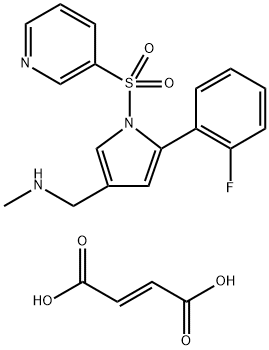
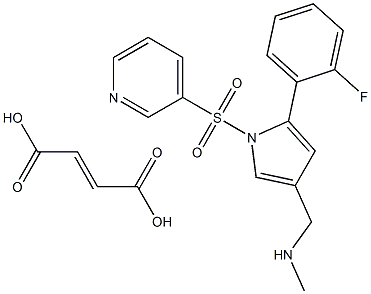

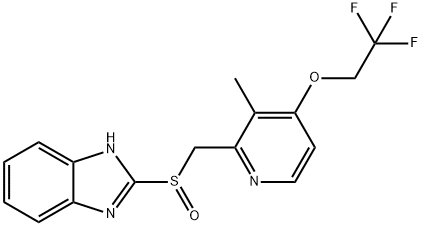
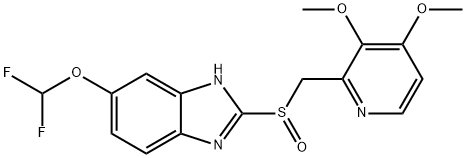
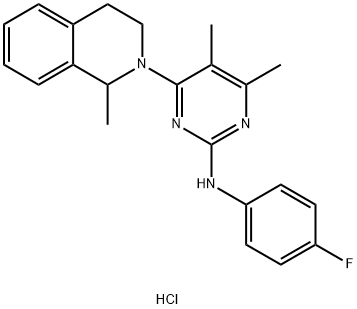

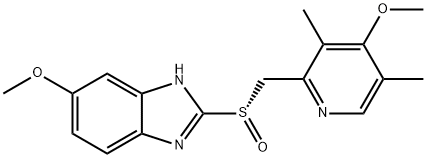
You may like
-
 881681-00-1 Vonoprazan 98%View Details
881681-00-1 Vonoprazan 98%View Details
881681-00-1 -
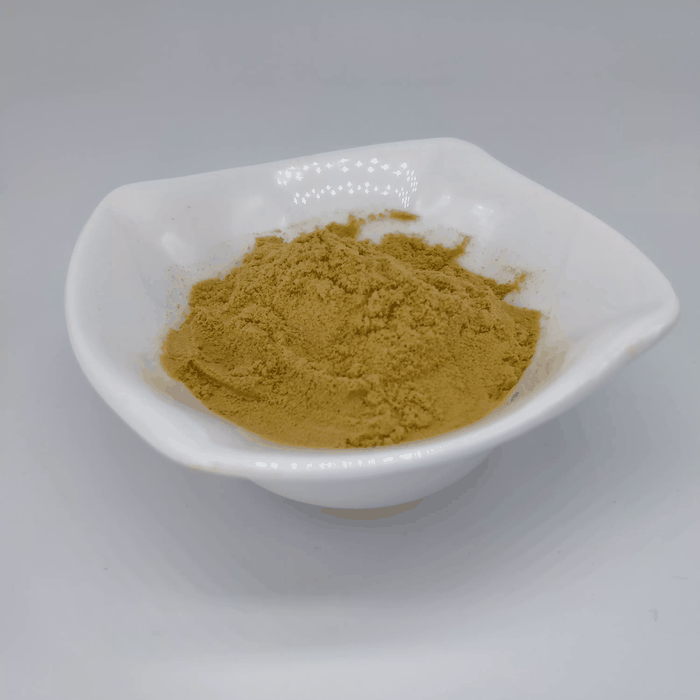 881681-00-1 99%View Details
881681-00-1 99%View Details
881681-00-1 -
 Tak-438 95% CAS 881681-00-1View Details
Tak-438 95% CAS 881681-00-1View Details
881681-00-1 -
 3-(4-amino-1-oxoisoindolin-2-yl)-1-methylpiperidine-2,6-dione 98%View Details
3-(4-amino-1-oxoisoindolin-2-yl)-1-methylpiperidine-2,6-dione 98%View Details -
 20677-73-0 (2,2-diethoxyethyl)methylamine 98%View Details
20677-73-0 (2,2-diethoxyethyl)methylamine 98%View Details
20677-73-0 -
 3-(4-(hydroxyamino)-1-oxoisoindolin-2-yl)piperidine-2,6-dione 98%View Details
3-(4-(hydroxyamino)-1-oxoisoindolin-2-yl)piperidine-2,6-dione 98%View Details -
 57381-49-4 2-bromo-4-chlorobenzonitrile 98%View Details
57381-49-4 2-bromo-4-chlorobenzonitrile 98%View Details
57381-49-4 -
 4,6-dichloropyrimidine-5-carbaldehyde 98%View Details
4,6-dichloropyrimidine-5-carbaldehyde 98%View Details
5305-40-8
